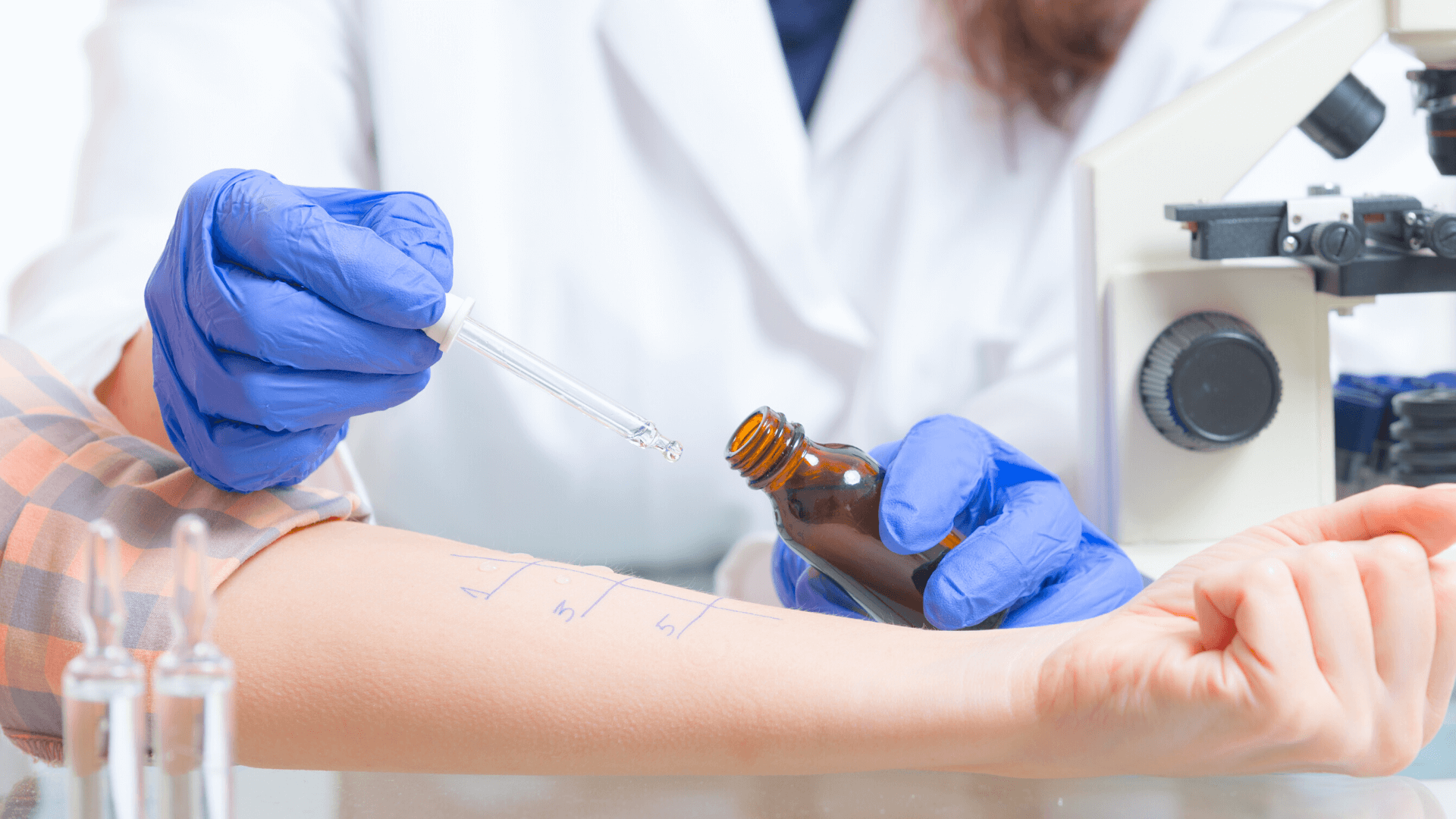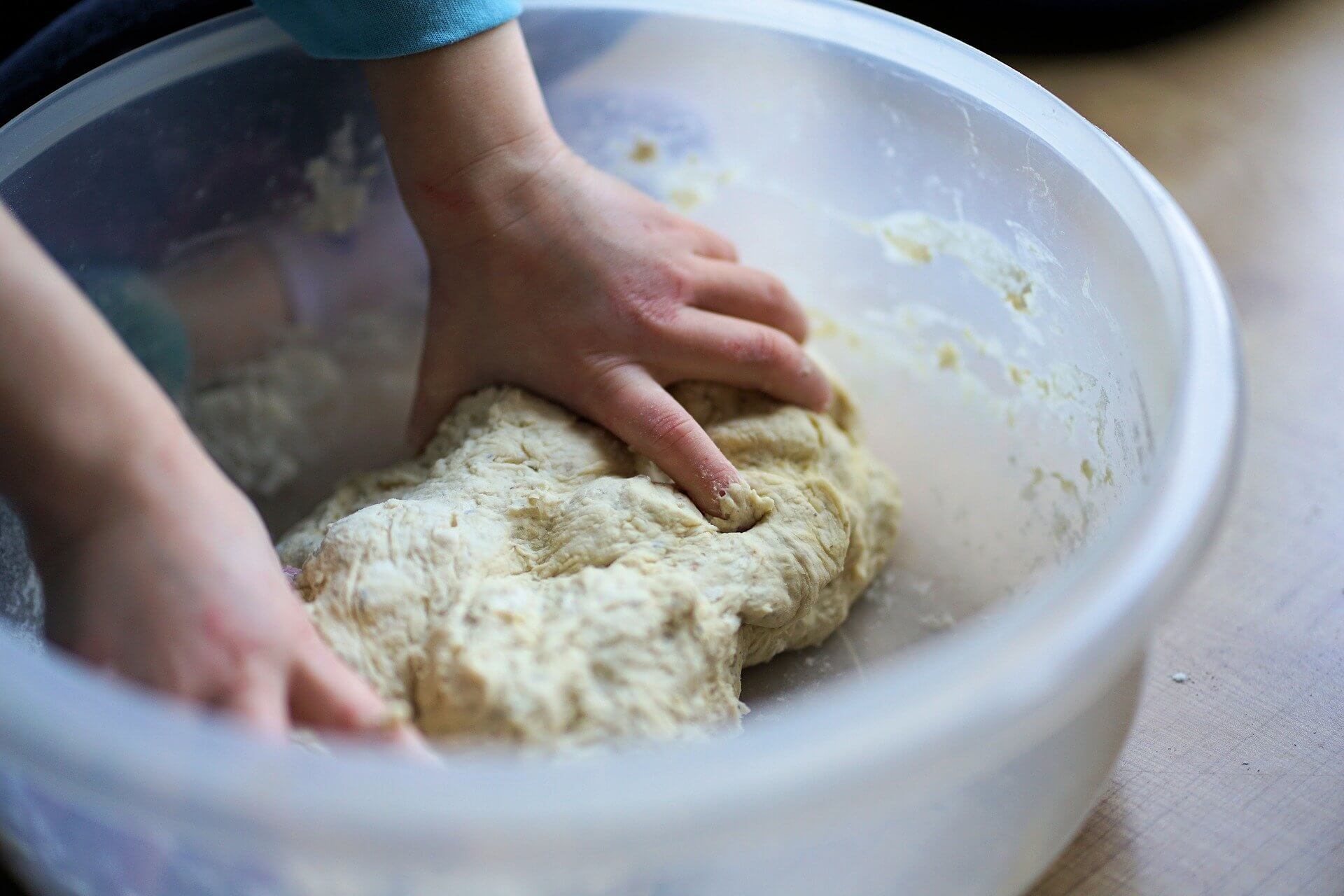When you sit down to have a food allergy test done, you’re probably feeling a little nervous. Okay, a lot nervous. It’s totally expected and not at all out of the normal. Most people are apprehensive about the needles or the itchy welts or simply the fact that they may have an allergy they need to learn about. But, there is more that you should be thinking about when it comes to the test itself: the risk. I know, I know, that’s the last thing that you want to hear, which is precisely why you need to hear it.
Potential risks of a food allergy test
Most specialists and clinics that are conducting this traditional food allergy test will very quickly mention the risks, but won’t go into detail. Since you are the one who could be potentially dealing with them, it’s time that the facts are laid out here for you to look at and understand completely. There are two main areas you’ll want to focus on:
• The risk of a reaction: While clinicians are quick to tell you that the risk of a reaction is very, very rare, it is possible to have a reaction. The skin prick test involves slicing your skin and depositing the allergen into the prick. The interaction with the skin and blood is supposed to create a welt on the arm that will indicate a reaction. If someone is especially prone to anaphylactic reactions, however, this can occur even with just the tiniest amount of the allergen put into contact with the body. This will require epinephrine in order to counteract the reaction itself.
• The efficiency of epinephrine if needed: There is also something to be said about the requirement for epinephrine. There are quite a few medications that need to be stopped before a skin prick test is conducted (in order to assure its accuracy). There are other medications that should be stopped because they can slow down the effects of epinephrine. A lot of those potential problem medications can be hard to wean off of, however, or your doctor may warn against you weaning off of them. This leads to more of a risk than ever when it comes to the potential for a reaction.
No, thank you!
If you’re shaking your head frantically at this new information and wondering what else you can do to avoid having to deal with either of these options, take a breath: there is another option. You can look at doing a home-based blood sample test. This is a cost-effective and schedule-friendly test that is done by pricking your fingers and putting your blood on a sample card. This is sent to a lab, and the sample is tested against multiple allergens. The results are then emailed to you. Not only is this a wonderful way to do an allergy test, but this is also risk-free because the testing process is not done within the body itself.
Getting a food allergy test doesn’t need to put you at any risk at all when you take a look outside of the traditional option. You deserve the proper facts and the reminder that you do have a choice in how you want to go about getting the test done.





